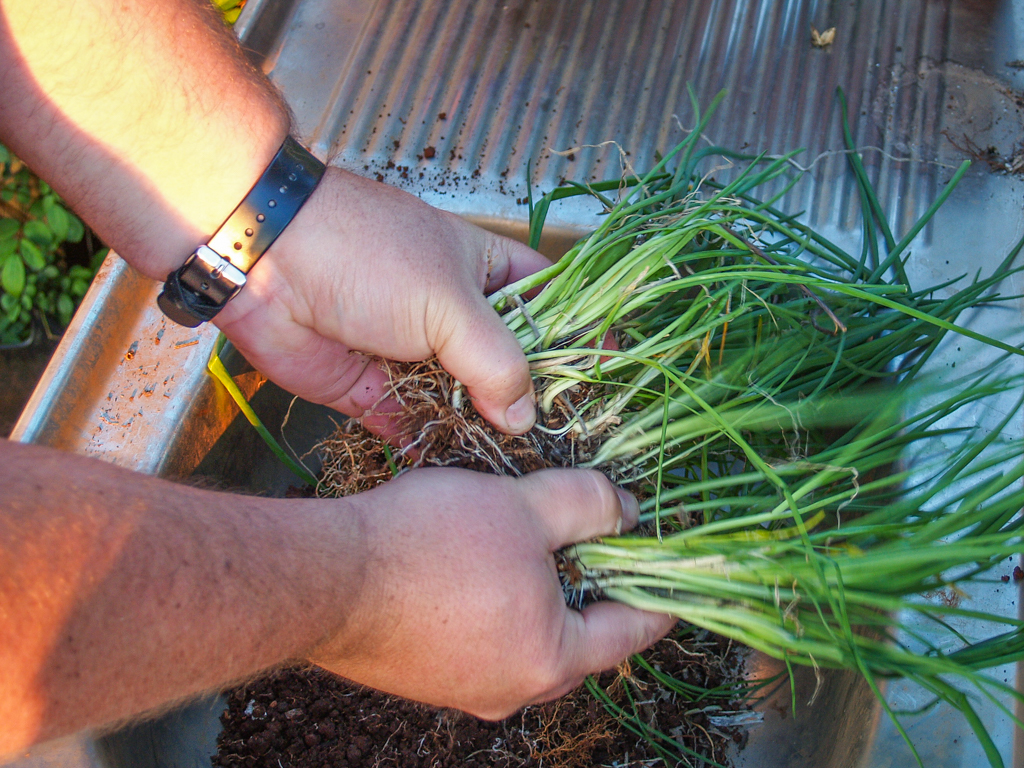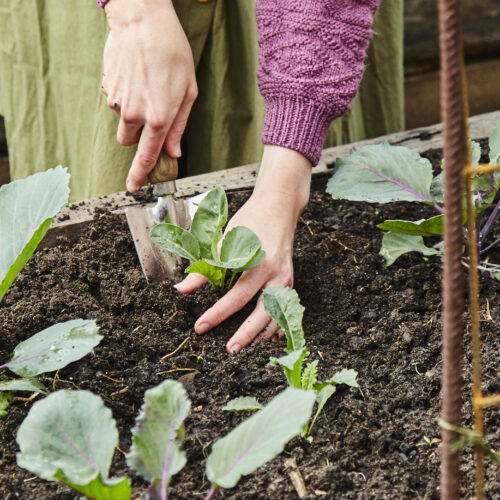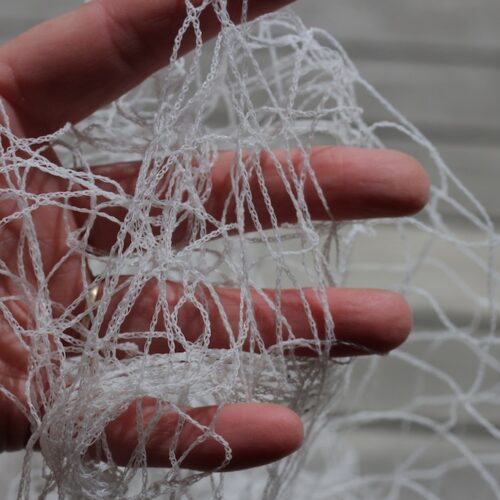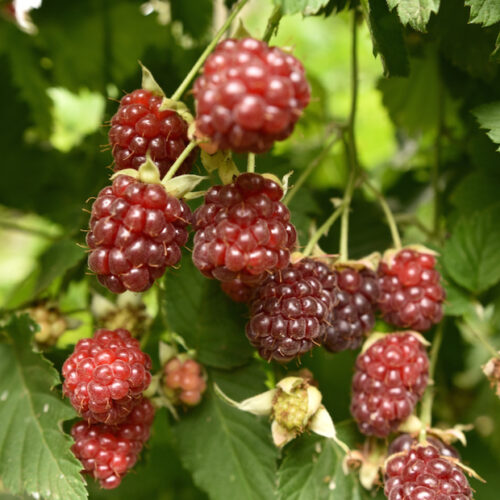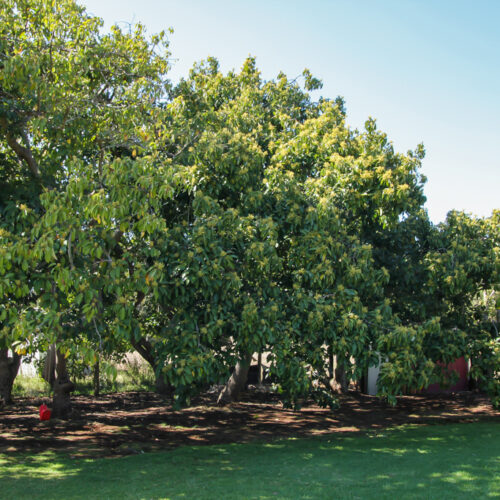Garden jobs for March
2017-02-21T21:00:00+11:00
March is no time to rest on your laurels, says JUSTIN RUSSELL. Read his tips for autumn gardening.
How would you assess your place? Do you spend hours every weekend mowing? Could some lawn be converted to pasture for grazing animals such as geese and sheep? Could you replace some grass with vegie beds, or a food forest? As organic gardeners I believe our bias should be toward useful plants (that doesn’t necessarily just mean “edible”, by the way), and while lawns aren’t all bad they could, and should, be turned into something less hungry for fossil fuels and precious gardening time.
Once you’ve made those new garden beds what are you going to put on them? March is a great time to do some light soil improvement before winter. Compost is a tireless friend for all kinds of soils, facilitating drainage in heavy soils and beefing up the moisture-holding potential of sand. For long-term results, you can simply ‘top dress’ a garden bed by laying compost on the surface and allowing the worms and gravity to work it into the top soil. Or you can lightly dig it into the topsoil using a garden fork. The latter method is more invasive than the first, but I’ve got a beautiful old fork that belonged to my farmer grandpa and like to feel the connection to my past with every plunge into the good earth.
The cooler weather means it’s a good time to plant. Leave your improved soil to settle for a couple of weeks, then switch your digging fork to a spade, or for small plants, a ho-mi (a Korean tool that leaves ordinary trowels for dead). Early autumn is also a prime time to dig up and divide evergreen perennial plants such as Queensland arrowroot, globe artichokes, garlic chives and thyme. Water the divisions in with seaweed extract to help overcome transplant shock.
What about mulch? In my vegie garden I like to use finely chopped sugarcane, and in general garden beds I use coarsely chopped sugarcane. The golden rule with mulch is to use whatever is locally available, so for those of you in Tassie, where sugarcane has to be imported, go for stuff like pea straw.
Watering is the final piece of the March gardening puzzle. In the north, the wet season will gradually start breaking down in favour of dry weather. In the south, your autumn break is on the way, and may have already arrived. As a general rule, start ramping up your supplemental watering in the north, and start easing off in the south. Always use your common sense and learn to be observant. Overwatering is as lethal to most plants as underwatering, so it pays to get a feel for the needs of each species in the garden. If in doubt, have a scratch around in the soil to determine if you need to add moisture. If in doubt, wait a bit longer before turning on the tap.

